On-chain settlements Launch your auction houseAuction NFTs and RWAs SDK for developers Governed by secure and unbiased smart contracts Launch your Raffles platformOffer deals to your customers








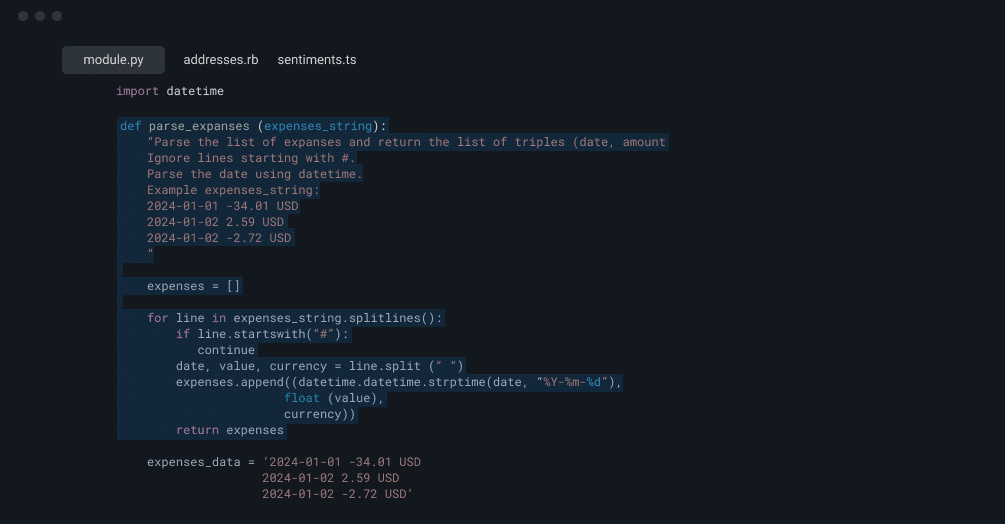
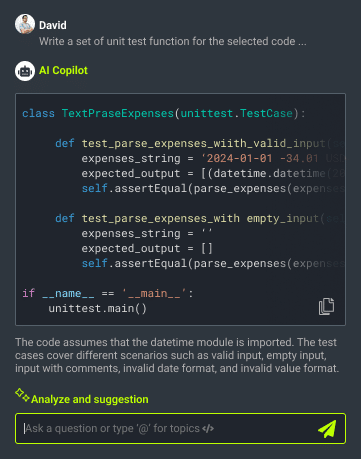
8 ready to unleash auction mechanisms – gamified, fun and engaging. Robust, configurable and white-labelled auction engine powered by AuctionX
Engaging, Fun, Gamified.
Each auction has a clear path to revenue and profits.

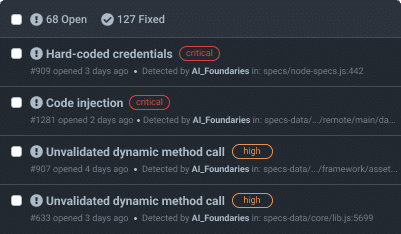
Cryptographic encryption, smart contracts and decentralized consensus mechanisms makes AuctionX a very robust platform. Each transaction is recorded permanently over blockchain.
Auction digital assets (NFT's), tokens and RWA's (real-world assets) with equal ease.



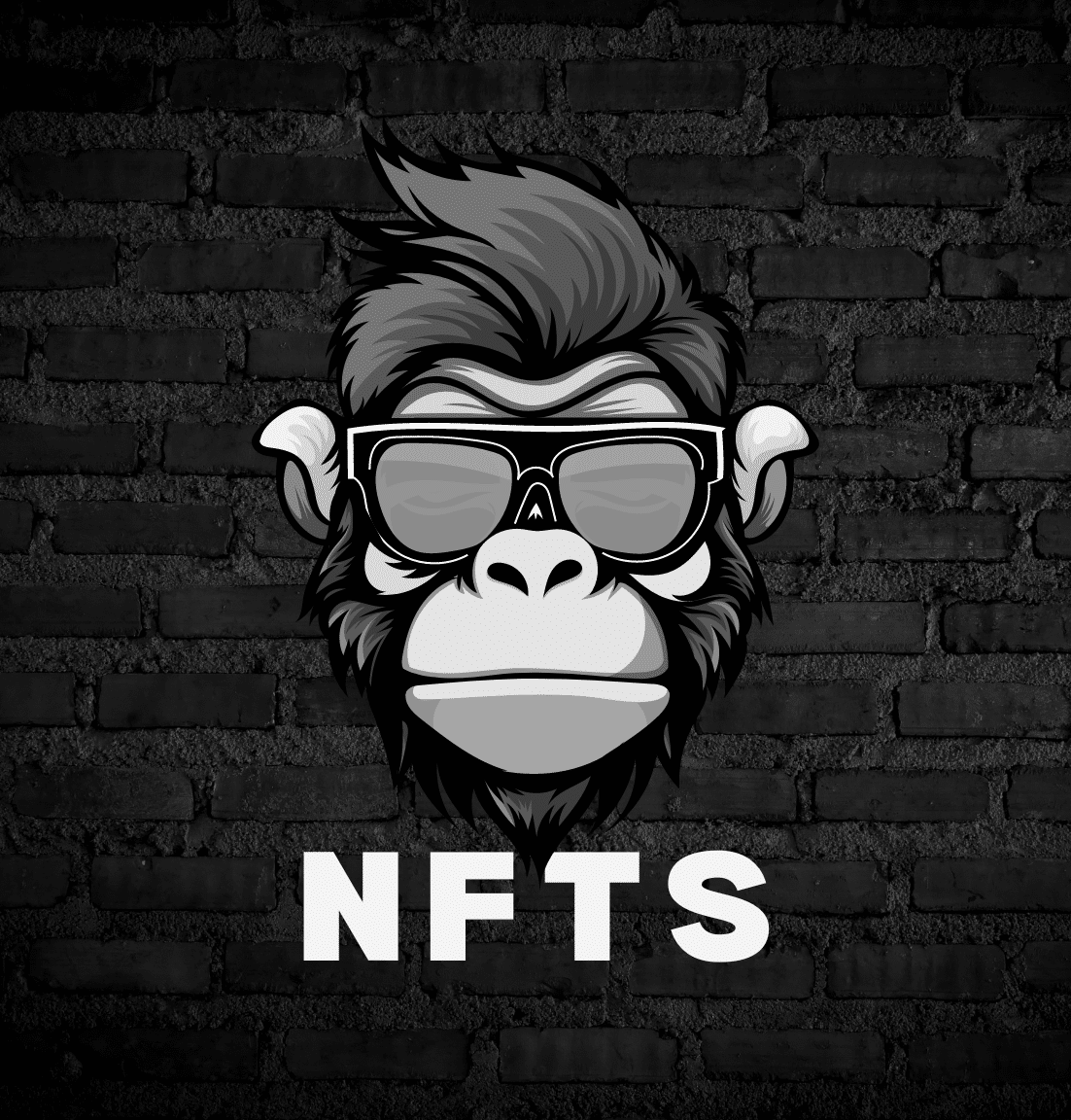



The availability of out-of-the-box auctions and integrations with our existing tooling is a big part of AuctionX appeal. The auctions are gamified, engaging and fun.
AuctionX is an online blockchain based decentralized auction platform for the web 3 community.
AuctionX can be used to launch completely white-labelled auction houses with ready-to-deploy prebuilt auctions, which are highly engaging and fun. Also AuctionX exposes its APIs to leverage auction mechanisms to existing websites and mobile applications. AuctionX believes that the potential of auctions as a mechanism to increase sales is still not fully explored.
Using AuctionX one can auction-
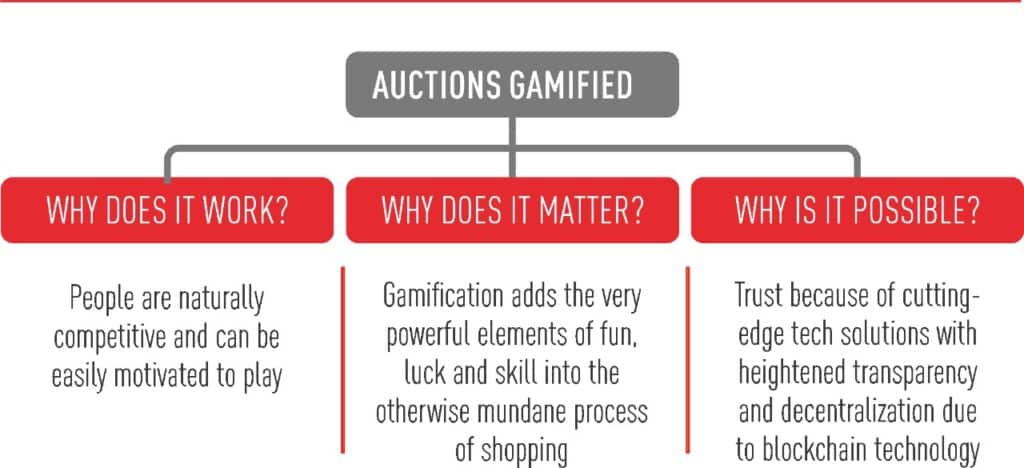
$AUX is the underlying token of BiG Deal platform. It is powered by the BASE blockchain. Its price will be determined by market forces. $AUX tokens can be purchased over exchanges and liquidity pools. PLAYs are used for placing bids on the item that you want to purchase. The price of a PLAY is predetermined and will be between $0.10 and $0.40 (USD). PLAYs can be purchased on BiG Deal platform with the help of $AUX tokens. A bid can be of one or more PLAYs. The number of PLAYs that a “bid” comprises will change according to the product value and definition.
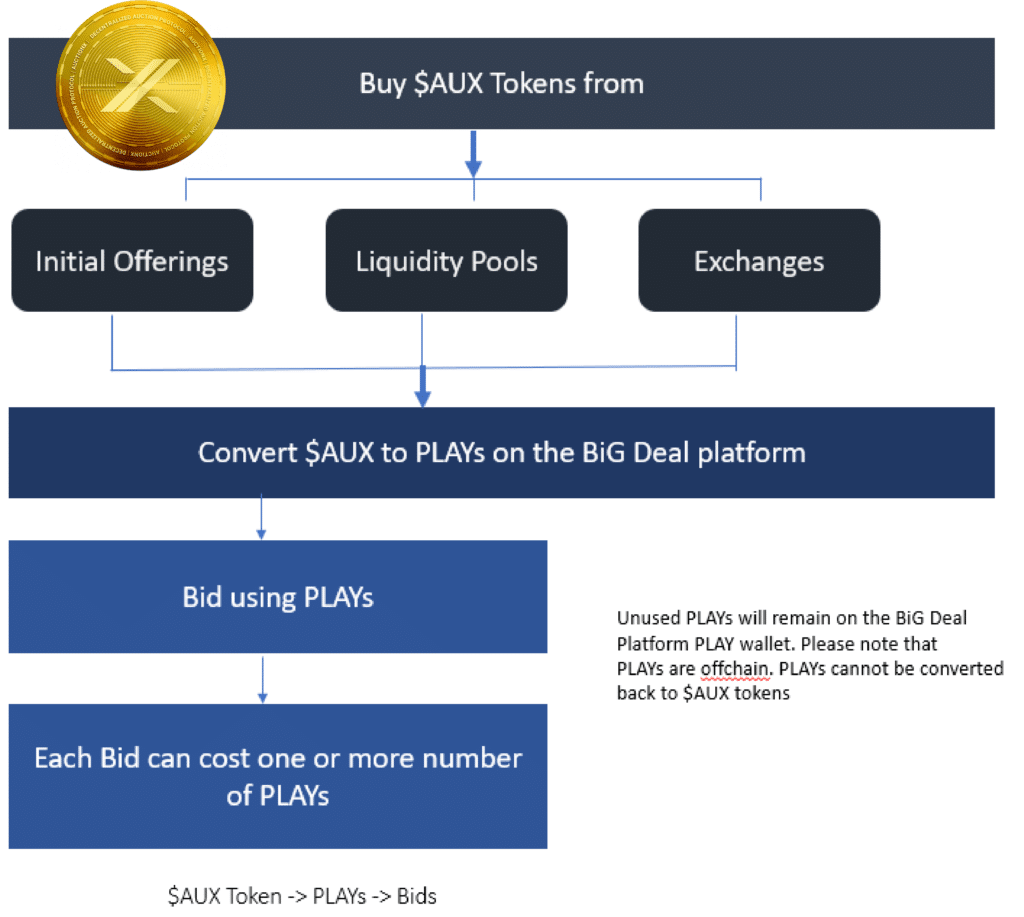
There is a lot of fairness in the Dutch auctions. The company decides the number of shares or products that it wants to sell and the market determines the price at which it could be sold or bought. The company sets a reserve price and initial price on the product. For example, let us say that a handbag manufacturing company wants to sell 500 bags. It sets the reserve price of 1 bag as $1 and the initial price as $10.
When the bidding starts, the reserve price is not made public. None of the bidders know the reserve price set by the company for the bag. The initial price is reflected. As the auction starts, the initial price of the product keeps decreasing periodically until all the products (bags in this case) are sold. If there are three buyers bidding for the bags.
Auction starts with $10 for each bag
Alice: commits $250 || $10 for 1 bag => 25 bags => number of bags left to sell = 475
Bob: no bids
Carl: no bids
Price drops to $5 in equal time intervals with each drop of 1$
Alice: has already committed $250, but since Bob now bids at the rate of $5, Alice will get a total of 50 bags
Bob: committed 150$ || $5 for each bag => 30 bags => number of bags left to sell = 500-50-30 = 420
Carl: no bids
Price drops to $2 in equal time intervals with each drop of 1$
Alice: has already committed $250, but since Carl now bids at the rate of $2, Alice will get a total of 125 bags
Bob: has already committed $150, but since Carl now bids at the rate of $2, Bob will get a total of 75 bags
Carl: committed 600$ || $2 for each bag => 300 bags => number of bags left to sell = 500-125-75-300 = 0
Since the supply of bags to be sold is finished, the auction will end. Alice, Bob and Carl will all get the bags at the rate of $2 which is between the reserve price ($1) and the initial price ($10).






White-Labelled, Customizable, Decentralized Auctions for Web 3.0
